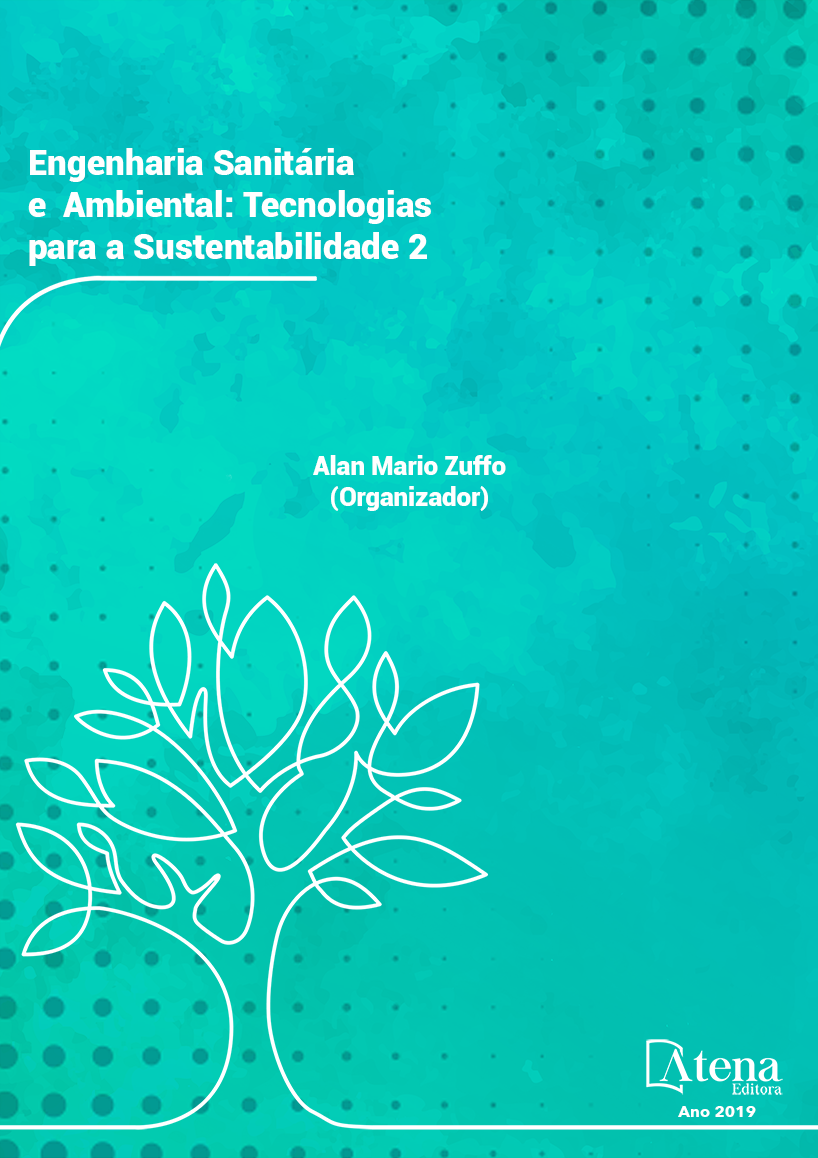
A INFLUÊNCIA DAS ANOMALIAS DE TEMPERATURA DA SUPERFÍCIE DO MAR SOBRE A PRECIPITAÇÃO DO NORDESTE DO BRASIL
As anomalias de temperatura da
superfície do mar, acopladas aos sistemas
atmosféricos, regulam a disponibilidade hídrica
no Nordeste Brasileiro. Nos últimos anos, o
processo de mudanças climáticas potencializou
os efeitos desses eventos, gerando grande
irregularidade espacial e temporal no regime
pluviométrico da região. O objetivo desse
estudo foi investigar a influência das anomalias
de TSM sobre as chuvas do interior da região
Nordeste do Brasil. Foram avaliadas 21
estações meteorológicas em seis estados do
Nordeste (Piauí, Ceará, Pernambuco, Paraíba,
Rio Grande do Norte e Bahia). Obtidos dados
médios mensais de precipitação, de 1998
a 2015, do INMET (Instituto Nacional de
Meteorologia). Médias mensais das anomalias
da Temperatura do Mar (TSM), das regiões de
El Niño (1+2, 3, 3.4 e 4) no Oceano Pacífico
Equatorial, e regiões do Atlântico Norte (TNAI)
e Atlântico Sul (TSAI) no Oceano Atlântico
Tropical, foram obtidas junto à NOAA (National
Oceanic and Atmospheric Administration). A
correlação estatística de Pearson mostrou
que as anomalias de temperatura da
superfície do mar, interferem diretamente no
regime pluviométrico do Nordeste brasileiro,
principalmente o resfriamento do Atlântico Sul.
A INFLUÊNCIA DAS ANOMALIAS DE TEMPERATURA DA SUPERFÍCIE DO MAR SOBRE A PRECIPITAÇÃO DO NORDESTE DO BRASIL
-
DOI: 10.22533/at.ed.5001911041
-
Palavras-chave: anomalias de TSM; eventos climáticos extremos; índice pluviométrico, Nordeste brasileiro.
-
Keywords: SST anormalities; effects of climate; rainfall index
-
Abstract:
Sea surface temperature
anomalies coupled to atmospheric systems
regulate water availability in the Brazilian
Northeast. In recent years, the presence of
climate change has potentiated the effects
of events occurring on a synoptic scale,
generating spatial and temporal irregularities in
the rainfall regime in the region. The objective
of the study was to investigate the influence of
SST anomalies on the pluviometric regime in
northeastern Brazil. Twenty - one meteorological
stations from six states of Northeast Brazil (Piauí,
Ceará, Pernambuco, Paraíba, Rio Grande do
Norte and Bahia) were evaluated. Data were
obtained from monthly averages of precipitation,
from 1998 to 2015, from INMET (National
Meteorological Institute) stations through the
institutional website. Monthly averages of Sea
Temperature anomalies (SST), El Niño regions (1 + 2, 3, 3.4 and 4) in the Equatorial
Pacific Ocean, and the North Atlantic (TNAI) and South Atlantic (TSAI) regions in the
Ocean Atlantic Ocean were obtained through the NOAA website (National Oceanic and
Atmospheric Administration). Pearson’s statistical correlation showed that sea surface
temperature anomalies directly interfere in the pluviometric regime of the Brazilian
Northeast, influenced mainly by the cooling of the South Atlantic.
-
Número de páginas: 15
- Alexandre Kemenes
- Luanny Gabriele Cunha Ferreira


